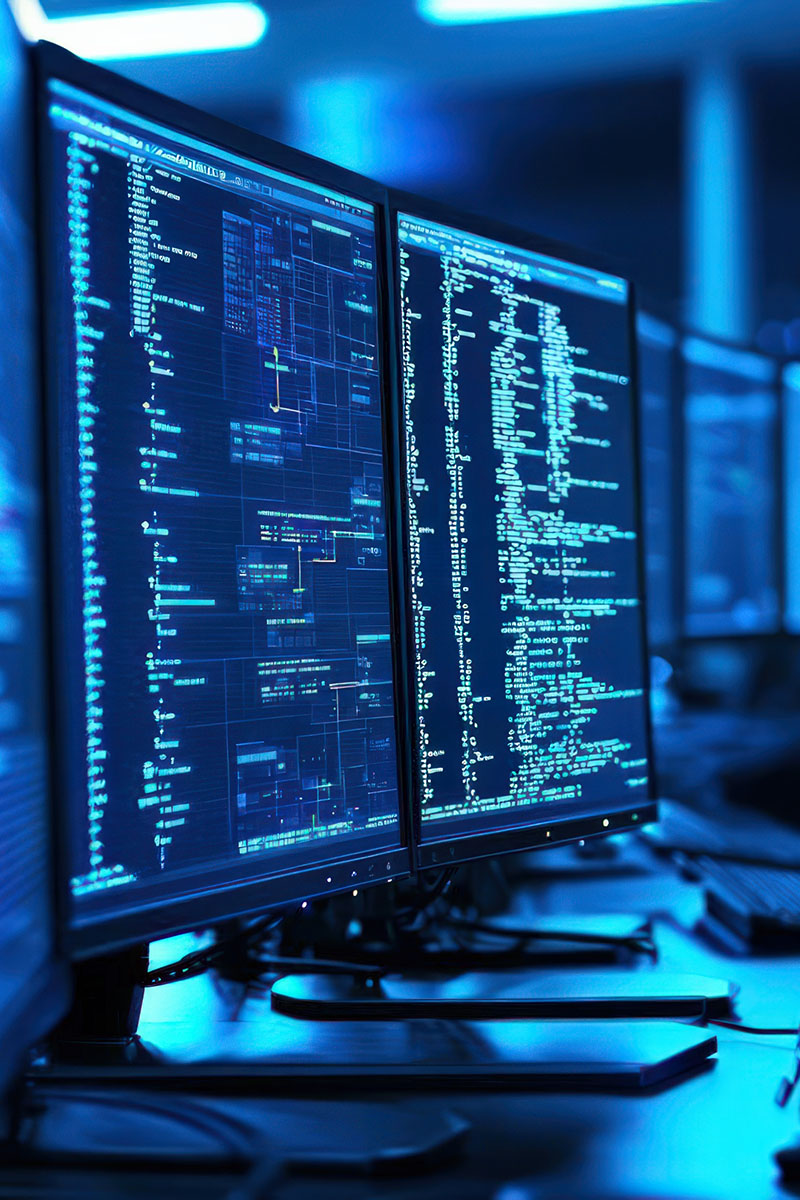In today’s digital world, cybercriminals are increasingly turning to AI-driven cyberattacks to boost the frequency and sophistication of their schemes. A key tool in their arsenal is deepfakes – realistic, AI-generated replicas of people. These deepfakes make it easier for attackers to manipulate victims’ trust and steal data or money. By understanding how attackers use AI and deepfakes, you can better protect yourself, both at work and at home.
What Are Deepfakes, and How Are They Used in Cyberattacks?
A deepfake is a synthesized replica of a person created by AI, designed to look, sound, or behave like a real individual. Cyber-attackers can feed an AI tool with voice recordings, text samples, or video clips of a target to create a highly realistic fake. This mimic can replicate someone’s physical appearance, voice, body language, or even writing style.
Once a deepfake is created, attackers use it to trick victims through social engineering. For example, they may send a video or audio message that appears to come from a trusted source, like a colleague or boss, asking the victim to click a malicious link or share sensitive information. Since the deepfake seems convincing, victims are more likely to follow through on these dangerous requests, putting their company’s security at risk.
How to Protect Yourself from AI-Assisted Cyberattacks
Avoiding deepfakes and other AI-driven cyberattacks requires vigilance. Here are some red flags to watch for in communications:
- Urgency: Messages that push you to act quickly or make snap decisions.
- Odd Timing: Requests or messages sent outside of typical work hours, such as weekends or holidays.
- Unusual Requests: Messages asking for things that feel out of character or unexpected.
One effective strategy is to have multiple ways to verify a person’s identity. Don’t rely solely on one form of communication. You can use known, trusted phone numbers, as an example.

Another strategy is to engage in creative small talk – something an AI-generated deepfake is unlikely to handle well. If the interaction feels too scripted, that could be a sign you’re dealing with a fake. And most importantly, trust your instincts. If something feels off, take a moment to pause. You can always verify the communication later through a different channel.
Remember, social engineering aims to make you act impulsively, so take your time before responding to requests online or offline. By staying cautious and consistent, you can protect yourself from both AI-driven and more traditional cyber threats.
Stay One Step Ahead of AI-Driven Cyberattacks
AI is becoming a double-edged sword. While it offers many advantages, it also arms cybercriminals with more sophisticated tools. Stay vigilant and proactive to reduce the risk of falling victim to these attacks.
Want to learn more about our cybersecurity solutions?
Ready to discuss how to safeguard your business from AI-driven threats?

